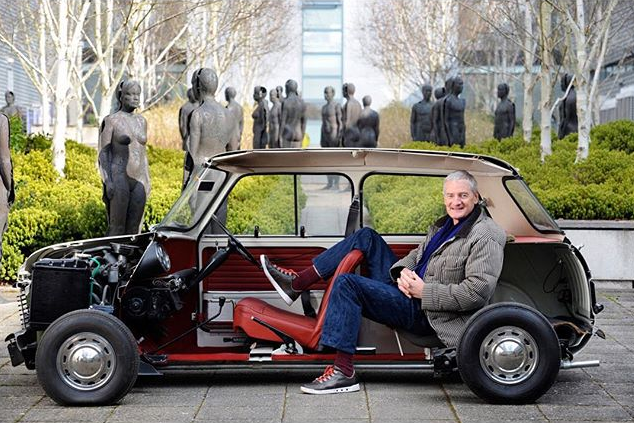UK engineering firm Dyson has pulled the plug on the £2bn electric vehicle project it announced back in 2017.

In a letter to employees, founder and chairman James Dyson said that the company could “no longer see a way to make it commercially viable.” Attempts to sell the Dyson Automotive division, which employs some 523 people, had proved fruitless. The letter went on to say that the company is attempting to find roles within other divisions for those who had been working on the project. Patents from the EV development that were first published in 2019 remain under Dyson’s control and the company says it will continue its work on solid state batteries.
Dyson to launch an electric vehicle by 2020
Dyson to manufacture electric vehicles in new Singapore facility
“This is not a product failure, or a failure of the team, for whom this news will be hard to hear and digest,” the letter said.
“We are working to quickly find alternative roles within Dyson for as many of the team as possible and we have sufficient vacancies to absorb most of the people into our Home business. For those who cannot, or do not wish to, find alternative roles, we will support them fairly and with the respect deserved.”
Dyson’s move into the EV market in 2017 was met with much fanfare, but the company came in for criticism when it announced in 2018 that the vehicles would be manufactured in Singapore rather than the UK. James Dyson, who has been one of the most prominent business figures to back Brexit, recently purchased a £43m penthouse apartment in the Asian city state, having announced in January 2019 that the company HQ would also be moved there.
Since 2004, the company has transferred much of its manufacturing base to Malaysia and Singapore, while continuing to invest in R&D in the UK. Despite the EV setback, Dyson said it will continue to invest and expand at its Malmesbury, Hullavington and Singapore sites, as well other locations around the world.
“Since day one we have taken risks and dared to challenge the status quo with new products and technologies,” the statement continued. “Such an approach drives progress, but has never been an easy journey – the route to success is never linear. This is not the first project which has changed direction and it will not be the last.”




Glasgow trial explores AR cues for autonomous road safety
They've ploughed into a few vulnerable road users in the past. Making that less likely will make it spectacularly easy to stop the traffic for...